During the course of the disease, the proper shape and flexibility of the intervertebral discs are lost: their gradual deformation occurs. The space between vertebrae decreases, leading to nerve compression and pain. Of all the parts of the spine, the lumbosacral portion is most susceptible to these pathological changes.
Causes and signs of lumbar spondylosis - how does the disease manifest?
The disease in question occurs due to insufficient load distribution on the spine. This is the main reason for diagnosing lumbar osteoarthritis. There are many factors that can cause the appearance and development of this disease.
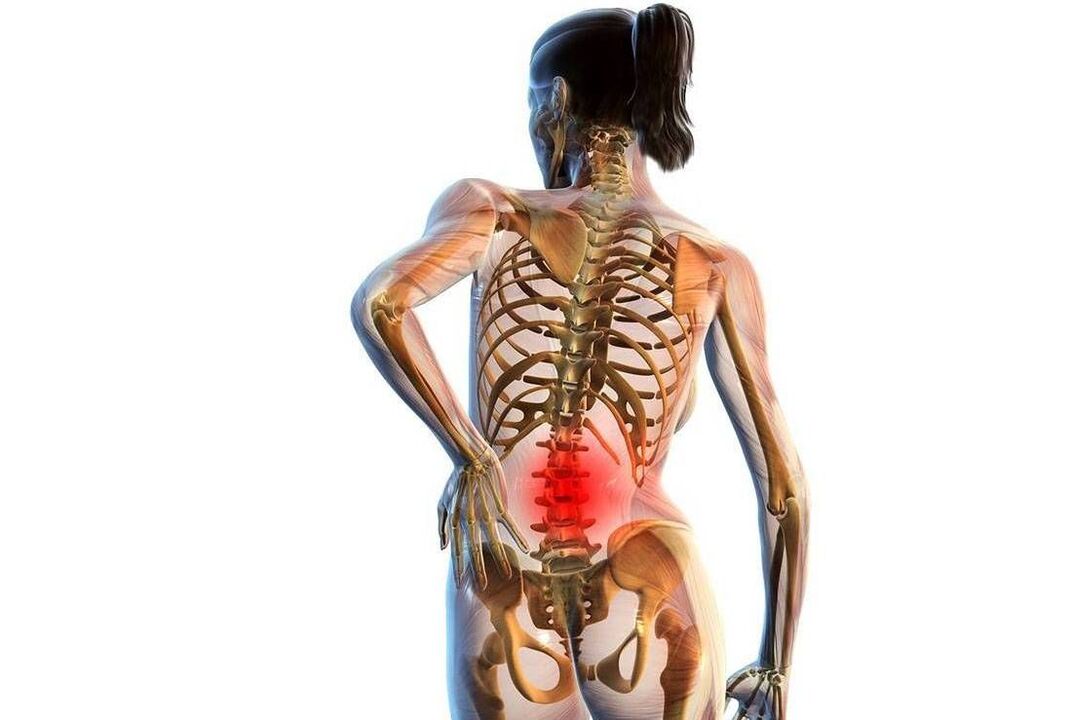
- Passive lifestyle. This includes people with a predominantly sedentary lifestyle. In a sitting position, the muscles of the corset relax, which increases the load on the lumbar spine.
- Local inflammation in the spinal joints.
- Errors in the functioning of the endocrine system, hormonal imbalance.
- Serious infectious diseases affecting bones and joints (tuberculosis, osteomyelitis).
- Malfunctions of the digestive tract and heart.
- Lifestyle associated with heavy work (porter, weight lifter, construction worker).
- Uneven posture, improper walking.
- Poor cartilage tissue density (genetic factors).
- Congenital diseases related to the structure of the spine/skeleton. Deviations in the functioning of the musculoskeletal system.
- Fat.
- Unbalanced work and rest regime.
- Year old. In humans, after passing the age of 50, the intervertebral discs become less elastic and inactive.
- Chemical poisoning.
- Flat feet. With the correct structure of the foot, the load will be absorbed during walking. If you have flat feet, the intervertebral discs receive maximum load, which leads to deformation and destruction.
- Back-ache.
Signs of the mentioned disease are divided into three groups. Reflex signs (pain). They have several manifestations:
- Low back pain. Occurs due to sudden movements (high jumping, running, coughing). This pain is paroxysmal (low back pain). During this attack, the patient leans his trunk forward and maintains this position for a certain time: trying to stand upright will cause a new attack of pain. Back pain occurs due to nerve root compression.
- Lumbodynia. The pain occurring in the lumbar region is increasing. Initially, the patient feels a certain discomfort, which can develop into severe, frequent pain. The cause of low back pain can be a sedentary lifestyle and excessive physical activity. Lumbodynia can develop against a background of low back pain.
- Sciatica body pain. Pain spreads along the sciatic nerve. The main location is the lower limb. This phenomenon occurs when the nerve roots of the spinal cord are compressed. If motor fibers are involved in the destruction process, the patient will experience muscle spasms and muscle weakness. Ignoring these symptoms can lead to muscle atrophy in the future.
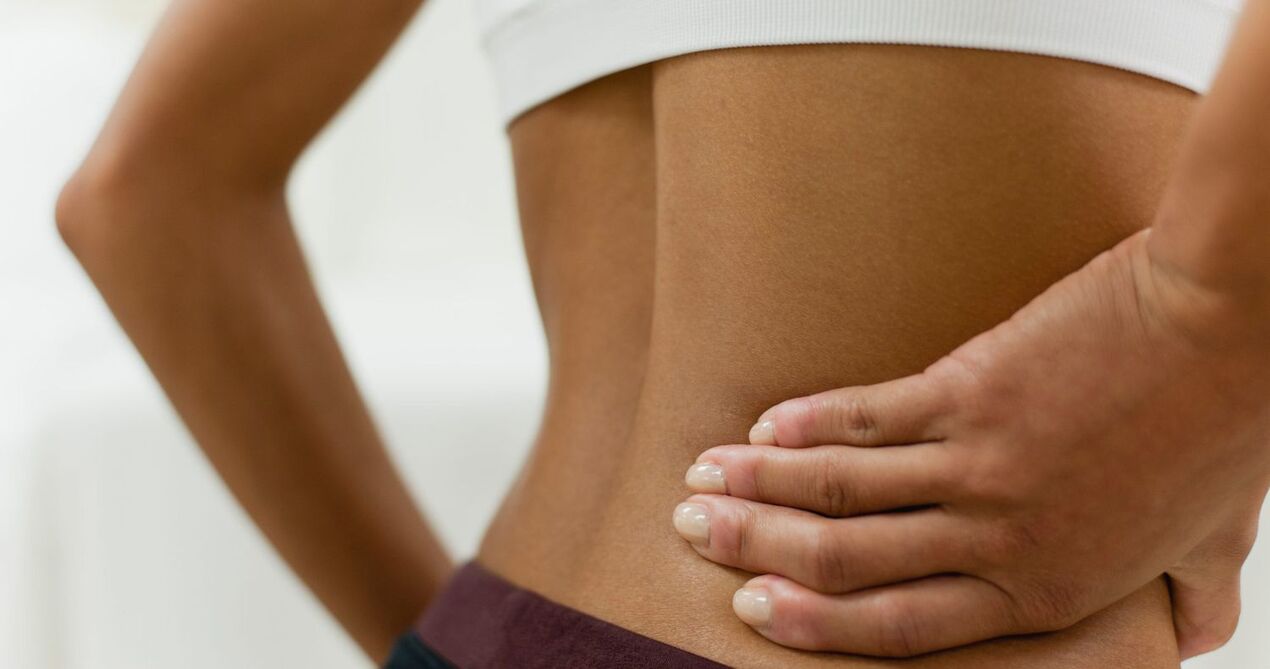
Nerve root syndrome. Characterized by the following manifestations:
- Foot skin periodically loses sensitivity;
- The patient complains of pain in the lumbar region;
- disruption occurs in the sweating system.
Root-vascular sign. They occur in the setting of compressed blood vessels. The following complaints were recorded from patients:
- hot/cold lower extremities;
- mild tingling/increasing pain in feet;
- swelling (when veins are compressed).
Failure to adequately treat can cause a spinal stroke, which can lead to partial/total paralysis of the lower limbs, as well as serious malfunctions of the pelvic organs. Lumbar cartilage degeneration negatively affects the structure of the vertebrae: over time, they can become displaced. This violation can cause a number of negative phenomena.
- Malfunctions in the functioning of internal organs and the genitourinary system.
- Often tired.
- Weak.
- Irritability.
Symptoms of lumbar osteoarthritis depend on the level - how is the disease diagnosed?
Based on the set and severity of clinical signs, the disease is divided into several levels. The first degree is initial, the second degree is mild, the third degree is severe.
Grade 1 lumbar osteoarthritis.
Characterized by main symptoms:
- Lumbago (lumbago), occurs due to a tear in the disc capsule (padded cushion).
- Tissue swelling.
- Muscle spasms.
- Frequent pain.
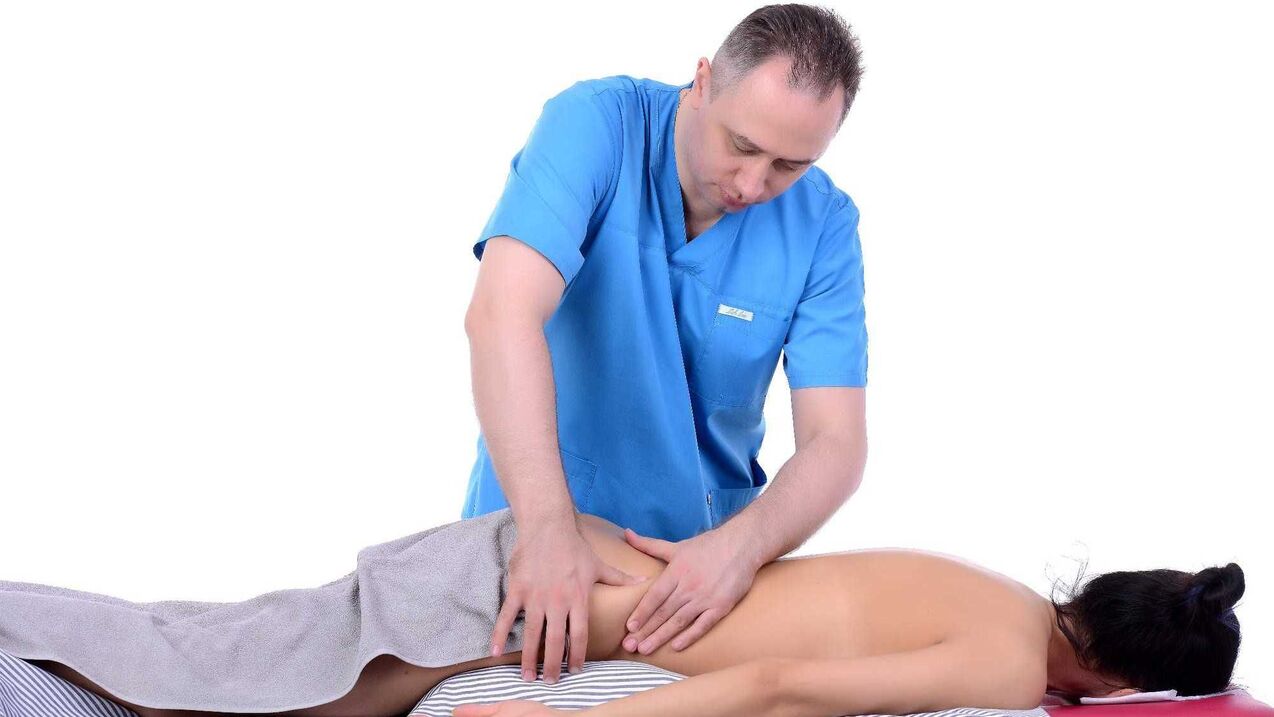
With grade 1 lumbar osteoarthritis, patients may experience additional symptoms due to blood vessels and nerve roots being compressed.
- Mimics disorders related to the functioning of the kidneys and gastrointestinal tract.
- Periodic abdominal pain occurs against the background of spasms of the abdominal muscles.
Grade 2 lumbar cartilage degeneration.
This level of lumbar osteoarthritis is also characterized by the following manifestations:
- Frequent pain (lumbodynia). The location of the pain, which can be of varying intensity, is in the lower back.
- Inability to move properly in the spinal joints. Tight bandaging of the lower back can improve the patient's general condition in the short term and reduce pain.
- Malfunction (not always) of internal organs. In some cases, patients with lumbar osteoarthritis may have bronchial asthma and defects in the functioning of the biliary/urinary tract.
- Pain in the lower extremities radiates in the direction of the sciatic nerve.
Grade 3 lumbar osteoarthritis.
At this level of the disease, surgical treatment is required, otherwise paralysis and death may occur. The third degree of lumbar osteoarthritis has its own characteristics.
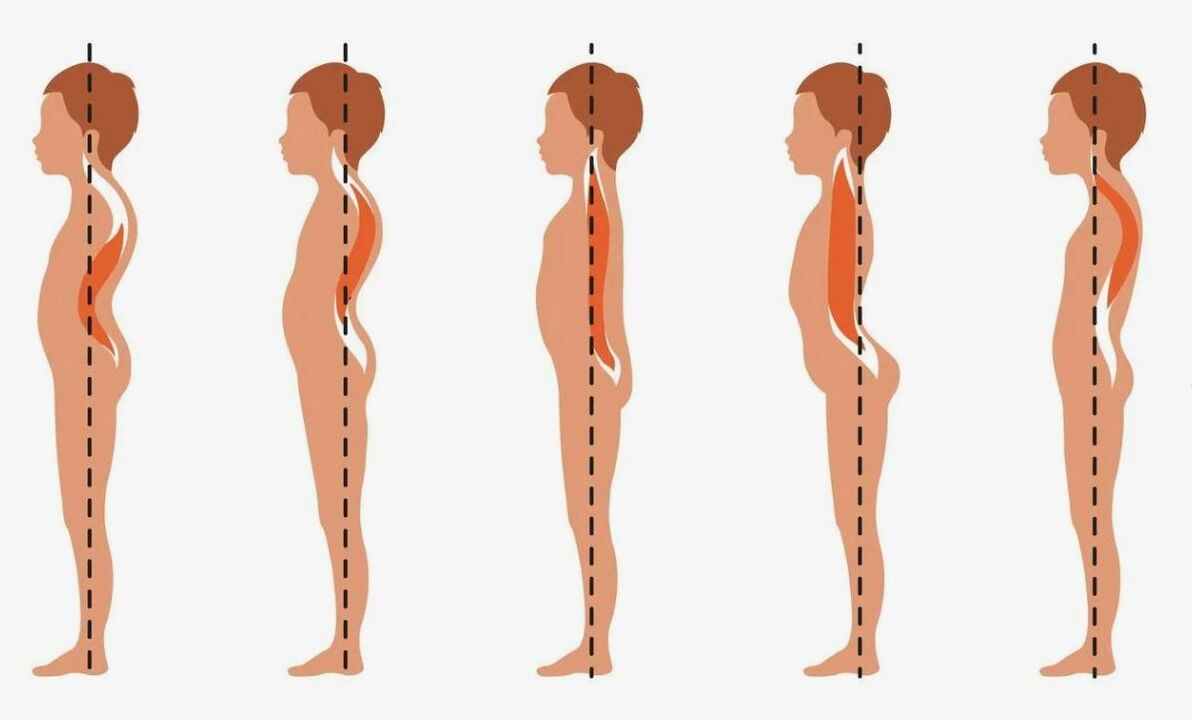
- Spinal deformity: curvature to the right/left (scoliosis); forward curvature (lordosis), curvature of the lumbar spine (kyphosis).
- Constant, intense, acute pain that makes itself felt with even the slightest physical activity (change in position, coughing, sneezing).
- Swelling of muscle tissue and ligaments.
- Periodic/regular loss of feeling in the lower body (lower back, legs, feet).
- Malfunctions of the genitourinary system.
Treatment methods for lumbar spondylosis
The choice of treatment tactics for the disease in question will depend on the degree of osteoarthritis, the presence of additional diseases, the general condition of the patient and other factors that must be considered. participating doctors take into account.
There are 2 important points that guide any doctor when prescribing treatment.
- To eliminate osteoarthritis in the lumbar region, an integrated approach is needed.
- Treatment measures (intensity, duration) will be determined by the degree of bypass of the pathology in question.
Drugs to treat lumbar osteoarthritis - effective drugs
Every year, scientists develop new drugs to help reduce the symptoms of lumbar osteoarthritis. The list of medications given below is not standard and is subject to change. However, today doctors often use certain drugs to combat the manifestations of this disease.
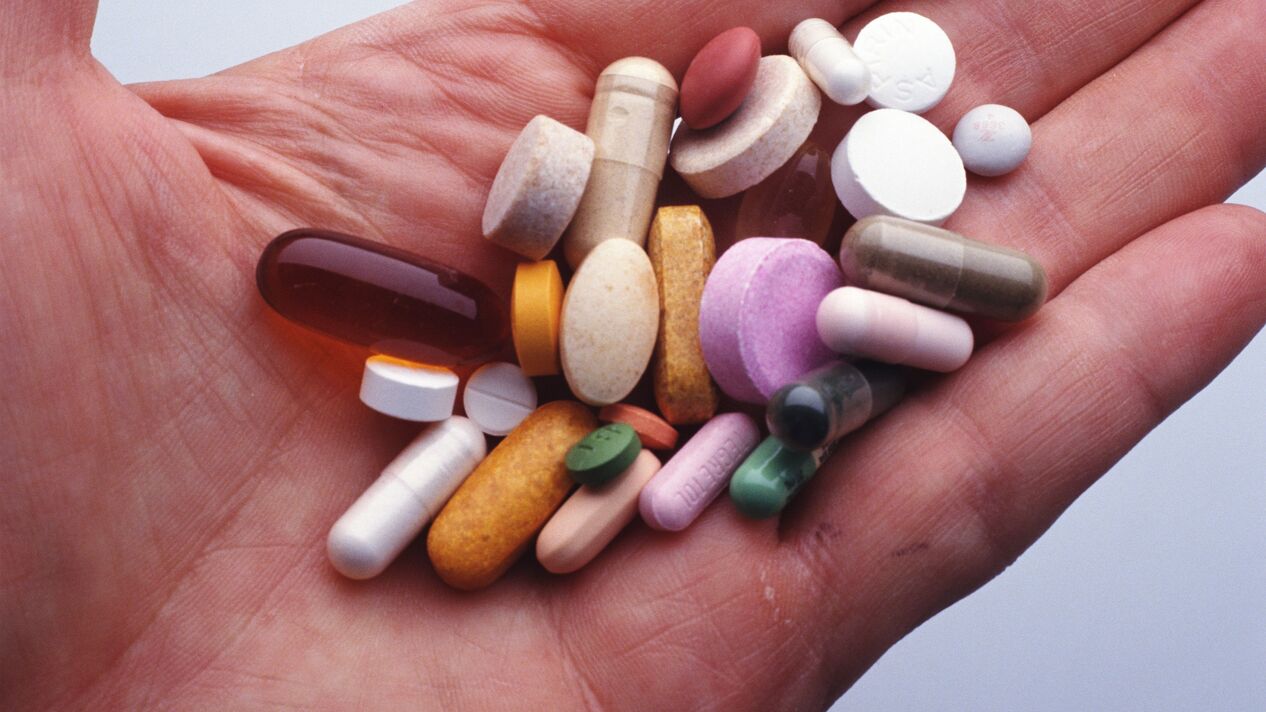
- Chondroprotectors. They prevent the processes of destruction of cartilage tissue of the spine that take place in the early stages of the disease.
- Anti-inflammatory drugs (non-steroidal). Used to treat grade 2 lumbosacral osteoarthritis. This group of drugs can be used as injections (intramuscular injection), tablets, ointments, rectal suppositories, capsules and solutions. In cases of more severe disease, patients may be prescribed injections (16 mg/day).
- Muscle relaxants. Helps eliminate discomfort caused by increased muscle tone.
- Vasodilators. Helps improve blood circulation, prevent stagnation, and reduce the risk of infection in the body.
- Local anesthetic. In case of severe, constant pain, the anesthesiologist will perform a blockade. A solution is injected into the painful area using a special needle. The pain will go away immediately and won't bother you for several weeks. Such a blockade should be used only in extreme cases: it causes a lot of negative consequences.
- Vitamin and mineral complex. Often prescribed for elderly patients, to increase the strength of tendons and ligaments.
Massage treatment of lumbar cartilage degeneration in the lumbosacral region
This treatment will be useful in the subacute phase of the disease. Through massage, you can eliminate pain, get rid of muscle tension and stiffness.
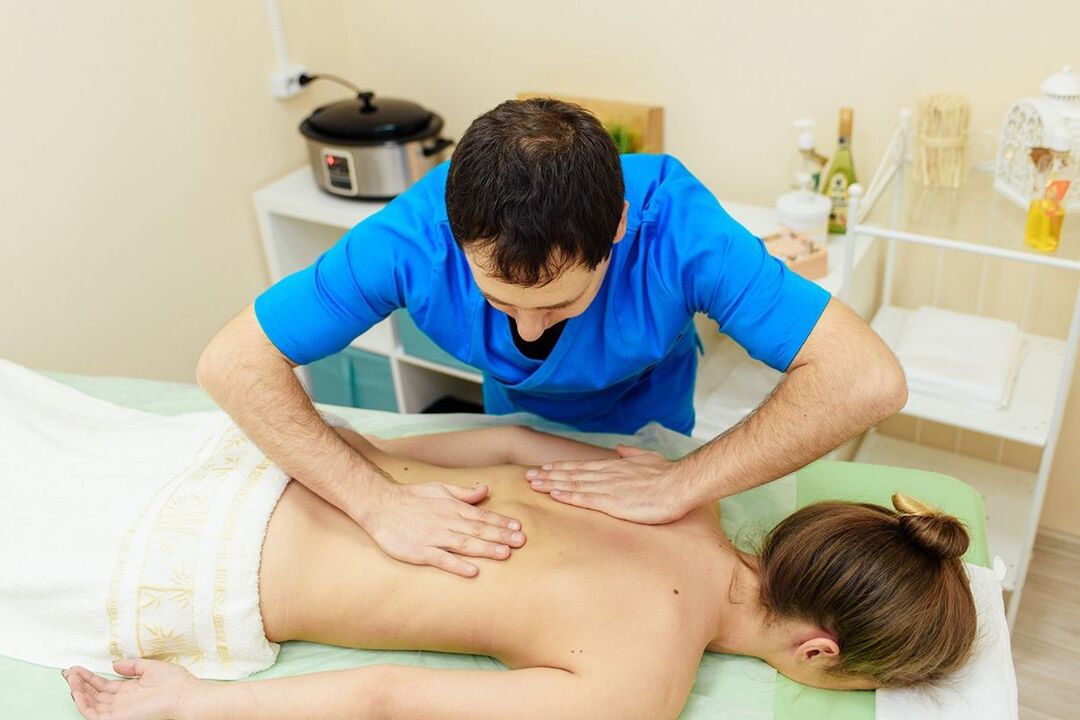
Massage should be performed on healthy (unaffected! ) skin. During the procedure, the patient is placed face down on a flat, hard chair. Place a pillow/cushion under your belly. It is also important to ensure that the patient's legs are elevated (45 degrees). The forehead should rest against a hard surface.
To perform massage, it is better to use special products (oils, creams, lotions) with warming properties or to carry out massage immediately after performing a hot compress procedure (bath, sauna). Today there are many massage techniques, let's list the main ones:
- Caress. There are several types of strokes: hook-shaped, horizontally flat, fan-shaped, ending with symmetrical strokes in the sternoclavicular muscle area.
- Pressing. Done in combination with stroking. This massage technique ensures muscle relaxation.
- Knead.
- Shake.
- Pounding. Commonly used to improve the function of tendons, ligaments and joints.
- Impact point. Not every massage therapist can perform the procedure using acupressure techniques.
Gymnastics or exercise therapy for lumbar osteoarthritis - a set of exercises for the lumbosacral spine on video.
The entire complex of physical exercises used to diagnose lumbar osteoarthritis will help increase the mobility of the lumbar region.
Calisthenics will not be effective if exercises are performed occasionally. The main principle of exercise therapy is regularity. Continuously performing certain exercises will help eliminate destructive processes in the joints between the vertebrae. It is forbidden to carry out exercise therapy in the presence of acute pain. For severe pain, doctors recommend bed rest and wearing a special corset. Once the pain subsides, you can try therapeutic exercises.
Physical therapy for lumbar osteoarthritis
This conservative treatment method is one of the most effective. However, to achieve the desired results you need to spend a lot of time. Using multiple types of physical therapy at the same time will help speed recovery. This treatment method has many contraindications that cannot be ignored. Typically, physical therapy is prescribed for children, pregnant women, nursing mothers, and the elderly.
It is forbidden to use physical therapy in the following cases:
- cancer;
- acute stage of osteoarthritis;
- severe disruptions in the functioning of the central nervous system;
- injury in the area requiring physical therapy.
Today, several physical therapy procedures have become popular in the treatment of lumbar osteoarthritis.
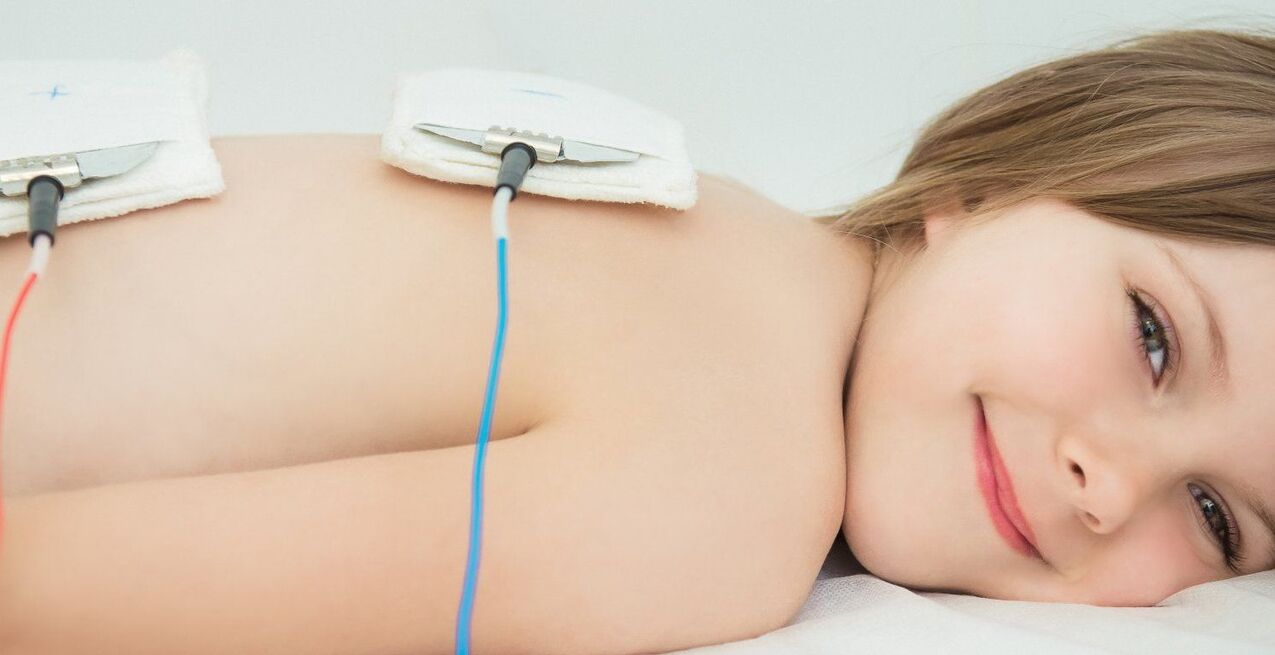
- Ultraviolet ray. The pathological area is exposed to heat, which improves blood supply, eliminates spasms and eliminates pain.
- Magnetic field therapy, electrophoresis. Applying this method involves exposing the painful spinal area to a magnetic/electric field. Through this effect, it is possible to establish the body's metabolic processes, eliminate (completely/partially) inflammation and speed up recovery.
- Laser therapy. The condition of the affected spinal roots significantly improves due to the influence of helium-neon gas emitters on them.
- Balneotherapy. The main ingredients used to carry out the physical procedure in question are therapeutic mud and mineral water.
- Detensor therapy (mechanical stretching of the spine). Linked to severe back pain.
Folk remedies to treat lumbar spondylosis
This treatment involves the use of ointments, rubs and compresses containing medicinal plants. Such measures help reduce inflammation and eliminate pain. Caution should be exercised when using folk remedies in the treatment of lumbar osteoarthritis: allergic reactions may occur/develop.
Most often, in the fight against diseases, people use rubbing and compressing methods:
- Red chili tincture: used to massage painful lower back areas. To prepare the medicine you need to mix 1 tbsp. vodka (diluted medical alcohol), 20-25 gr. Dried ground red pepper. It is necessary to infuse (occasionally stir) these components for 5-7 days.
- Camphor and mustard: rub daily before going to bed. To prepare the product, mix mustard powder (50 g), camphor alcohol (50 ml), medical alcohol (90-100 ml), whipped egg whites (3 pcs. ). After thorough mixing, you will get a liquid ointment.
- Honey and aloe vera: to apply to the lower back (twice/day). To prepare this product you need to use honey (100 ml), diluted medical alcohol (150 ml), aloe vera juice (50 ml). Before use, this mixture should be left for 10-12 hours.
- Horseradish root and wine: to rub the affected back area. To prepare this product, mix horseradish juice and medical alcohol in equal proportions. After rubbing, wrap the treatment area.
- Garlic juice and lard (1: 2): to rub on back pain areas.
- Cabbage leaves, peeled of thick veins: used for compresses. Before applying, cabbage leaves must be soaked in hot water (not more than 60 C). You can fix the leaf on your lower back with bandages/gauze. After changing the leaf color, the procedure can be repeated.
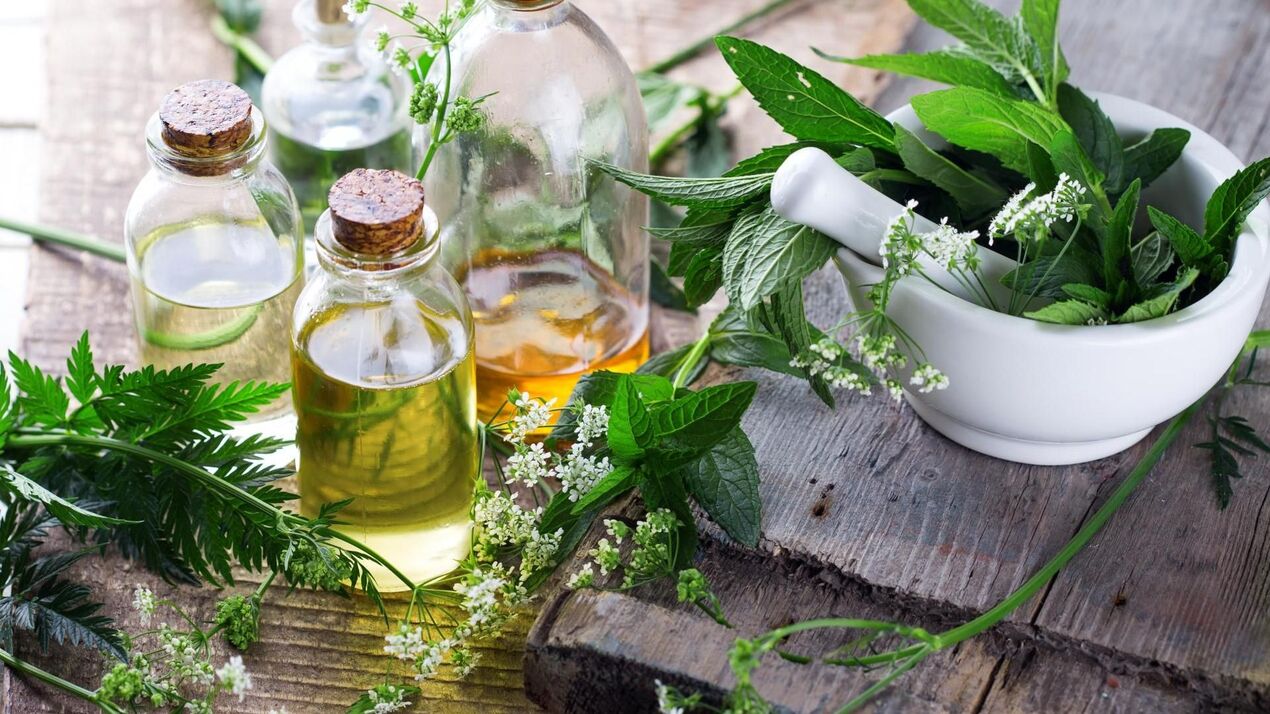
Prevention of lumbar spondylosis
Prevention of this disease includes a series of measures.
Proper nutrition. The diet should be balanced and low in calories. You should not eat more than 6 times a day. Certain foods should dominate your daily diet.
- Sea fish).
- Vegetable fats (olive oil, flaxseed oil).
- Dairy products have minimal dye and sugar content.
- Dishes containing gelatin (jelly meat, jelly).
- Animal cartilage (can be used to prepare first dishes).
- Fresh fruits and vegetables.
- Green trees.
- Mineral water.
Taking vitamin and mineral complexes (1-2 times a year) will be useful.
Active lifestyle
- Swimming.
- Walk every day.
- Exercises (also suitable for pregnant women).
Do simple physical exercises (15-20 minutes a day) to strengthen your back muscles.
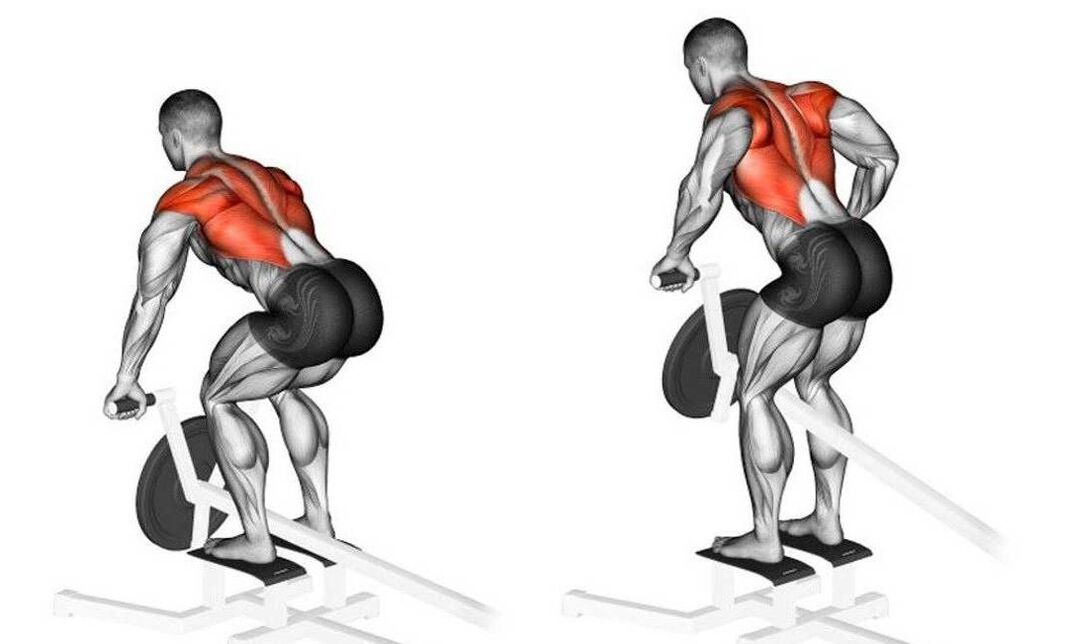
Lumbar cartilage degeneration can move from an acute to a chronic phase and this means spending years on massages, pain-relieving injections and warming ointments. If all of these are not treated, the consequences can be very sad, even paralysis or death!



























